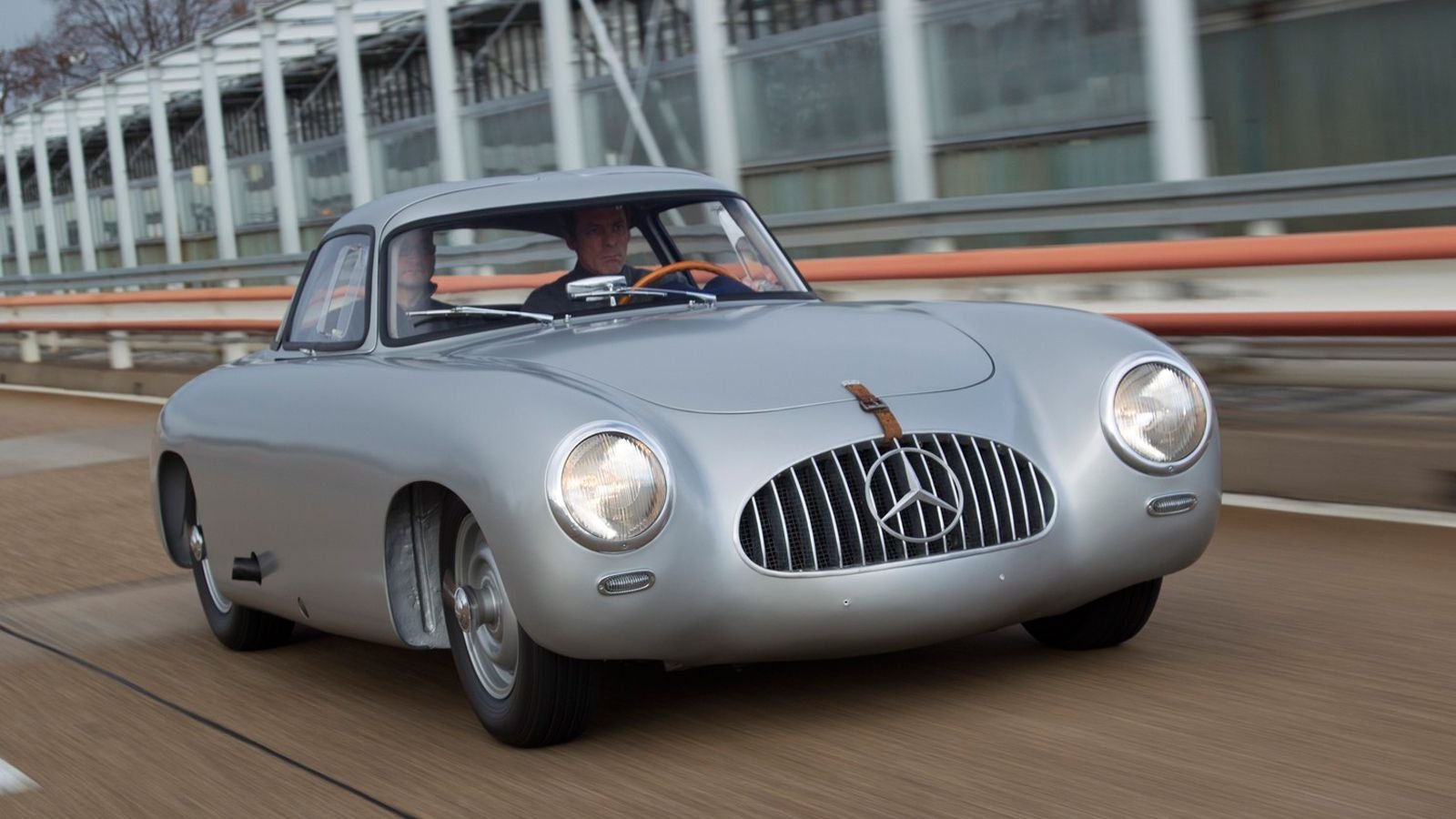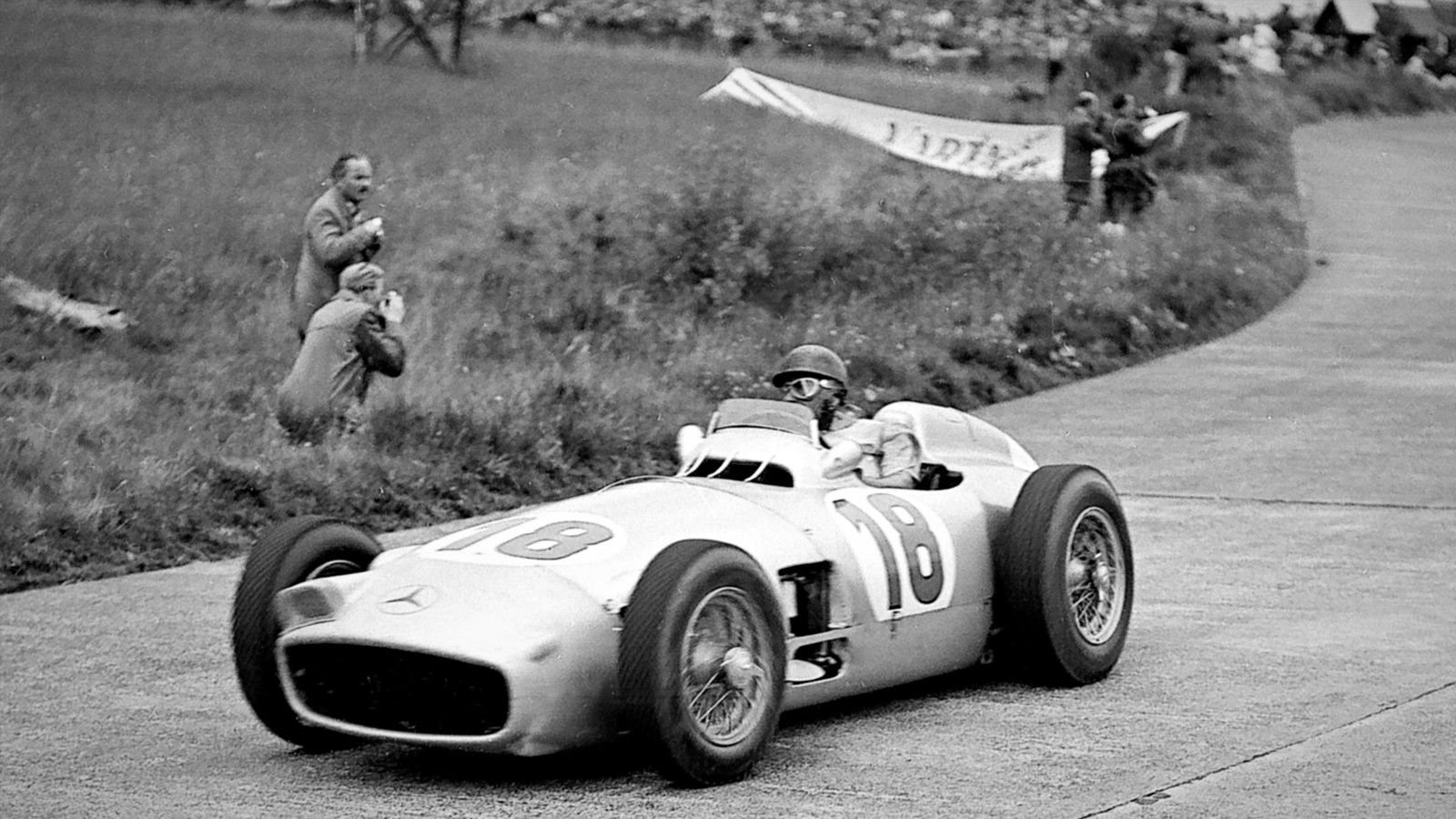Some of the Most Noteworthy Mercedes-Powered Racecars of All Time
Mercedes has been leaving a prominent footprint on motorsports ever since the early days of racing. So right from those early days we began to hunker down and compile a list of the most influential and greatest racers thus far.












300SL: The Original Supercar
In the early 1950's, Mercedes not only dominated multiple categories of racing, but the German manufacturer also created the incredible masterpiece of machinery that would go on to be recognized as the original "supercar". The 300SL racecar of 1952 would evolve into the road going legendary Gullwing model we all know today. This car was a pioneer in many areas of engineering and is considered an important milestone in racing.
Sauber-Mercedes C9
Having been completely away from motorsport for three decades, Mercedes decided to make a comeback to endurance racing, teaming with Sauber. Though the partnership did not produce immediate results, in '87 the team introduced the C9, which would go on to win several races in the seasons to follow. In 1989, the C9 was the dominant force, as Sauber-Mercedes won the world championship, and finished 1st and 2nd at the 24 Hours of Le Mans.
>>Join the conversation about the most significant Mercedes race cars right here in MBWorld.
The Silver Arrows: Where it All Began
This was the start of everything. The history of what we now know as Mercedes-Benz in motor racing began with these uncomplicated Grand Prix racers. The Tropfenwagen was the entrance into GP racing in the early years of Benz. In the years to follow, after merging with Daimler, the manufacturer became increasingly involved, and increasingly more successful in racing. Interestingly, the Mercedes-Benz race cars, along with their rivals at Auto Union, got their trademark "Silver Arrow" name on accident. They were originally supposed to be white, but the paint was stripped away to save weight, leaving them with a metallic appearance. And the rest was history...
>>Join the conversation about the most significant Mercedes race cars right here in MBWorld.
W07: 2016 Formula 1 World Champion
The Mercedes-AMG Petronas Formula One Team has been the dominant force in F1 in recent years. But Mercedes' involvement in the sport dates back to the very inception of it. In 2016, Nico Rosberg and Lewis Hamilton put forth one of the most dominant seasons by any constructor in recent memory, while also producing one of the most dramatic rivalries in F1 history-- one that led to a nerve-racking battle in the very last race. Through controversy, trials, and tribulation over the course of the year, Nico Rosberg managed to win his first drivers' world title that year and went on to retire from racing a few days later. The real champion in 2016 was the W07 Silver Arrow.
>>Join the conversation about the most significant Mercedes race cars right here in MBWorld.
CLK GTR
The CLK GTR is another example of a successful return to motorsport for Mercedes, and once more, in dominant fashion. In 1997, the CLK GTR entered the FIA GT Championship and won the drivers' and constructors' championships two years in a row. A super cool street-legal version of the car was introduced, only 25 of which were built.
>>Join the conversation about the most significant Mercedes race cars right here in MBWorld.
W196: The Roots of F1
Raced by two of the most legendary race car drivers in history-- Juan Manuel Fangio and Sir Stirling Moss, the W196 was Mercedes' introduction to the newly formed FIA Formula One. The team absolutely disposed of all competition with undeniable performances in the F1 world championship, winning the drivers' crown in 1954 and then again in 1955. Unfortunately, following a horrific accident at Le Mans in '55, Mercedes withdrew from all factory racing competition, bringing the reign of the W196 to an end. The powerful presence of these pioneering F1 cars is the backbone of Mercedes racing heritage.
>>Join the conversation about the most significant Mercedes race cars right here in MBWorld.
For help with your maintenance and repair projects, please visit our how-to section in the forum
